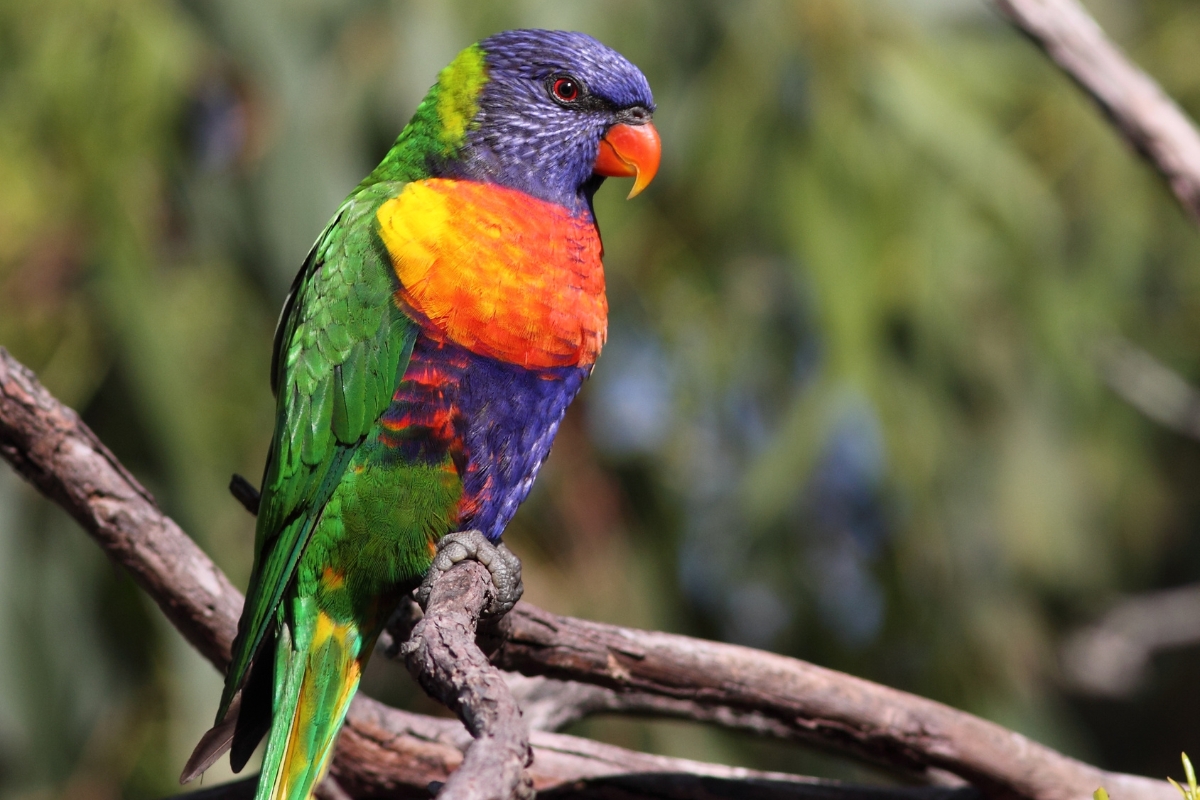BirdLife Australia raises fears SA’s algal bloom is impacting beach-nesters
Citizen scientists are worried the state’s ongoing algal bloom is impacting beach-nesting birds like the vulnerable hooded plovers as the 2025 Aussie Bird Count enters its final days.

Sean Dooley, who is the senior public relations advisor for BirdLife Australia and “chief bird nerd” for the Aussie Bird Count, said that coastal bird teams are concerned that the algal bloom will have an impact on beach-nesting birds such as hooded plovers and pied oystercatchers.
“We don’t think they’re impacted by the bloom itself in terms of getting poisoned, but we are concerned with so much sea life being lost that it’s going to be a very poor breeding outcome for beach nesting birds in particular,” said Dooley.
Dooley said there have been half as many sightings of the hooded plovers over the first couple of days of the bird count, but warned against drawing any conclusions until the count is over.
He said that the algal bloom is more likely to have an impact on future numbers if the birds fail to successfully breed.
Dooley said the Aussie Bird Count’s ongoing work meant numbers could be monitored, especially as there was likely to be more people joining the count due to concern about the algal bloom.
You might like
“Having more eyes out there observing what’s there, particularly if people go back year after year, that becomes more and more valuable as time goes on,” he said.

Dooley, who was one of the instigators of the Aussie Bird Count in 2014, said the program was designed to encourage people who enjoy seeing birds to become involved in citizen science.
“We wanted to share that enjoyment that people have and encourage them to translate that into becoming citizen scientists by recording what they see through the Aussie Bird Count to share with us so that we can gain valuable data about where our birds are and how they’re doing in the places where people live,” he said.
Stay informed, daily
Since it started on Monday, more than 2,000,000 birds across Australia have already been spotted.
Dooley expected last year’s figure of 57,000 people taking part would be exceeded, with 50,000 people already registered.
He said those wishing to take part could choose a spot to spend around 20 minutes counting birds and then submit the data on the Aussie Bird Count app.
Asked about the most commonly sighted birds this year, Dooley said it remained the same as last year, with rainbow lorikeets followed by the noisy miner and magpie.
Dooley said he developed his love for birds as a child in Melbourne, with his favourites being the grey-crowned babbler and the regent honeyeater.
“Just seeing these amazing creatures in all their variety coming from all around the world and Australia to be in what I thought was a fairly bland, boring suburb … I just found it endlessly fascinating,” he said.
“Now that I have seen most Australian birds, my interest hasn’t waned. I just love being around birds every day because they’re fascinating creatures, but they are also such a great way to connect with nature and definitely, now it’s as much for my psychological care as anything, that I ensure that I try and get out among birdsong as much as I can.”








